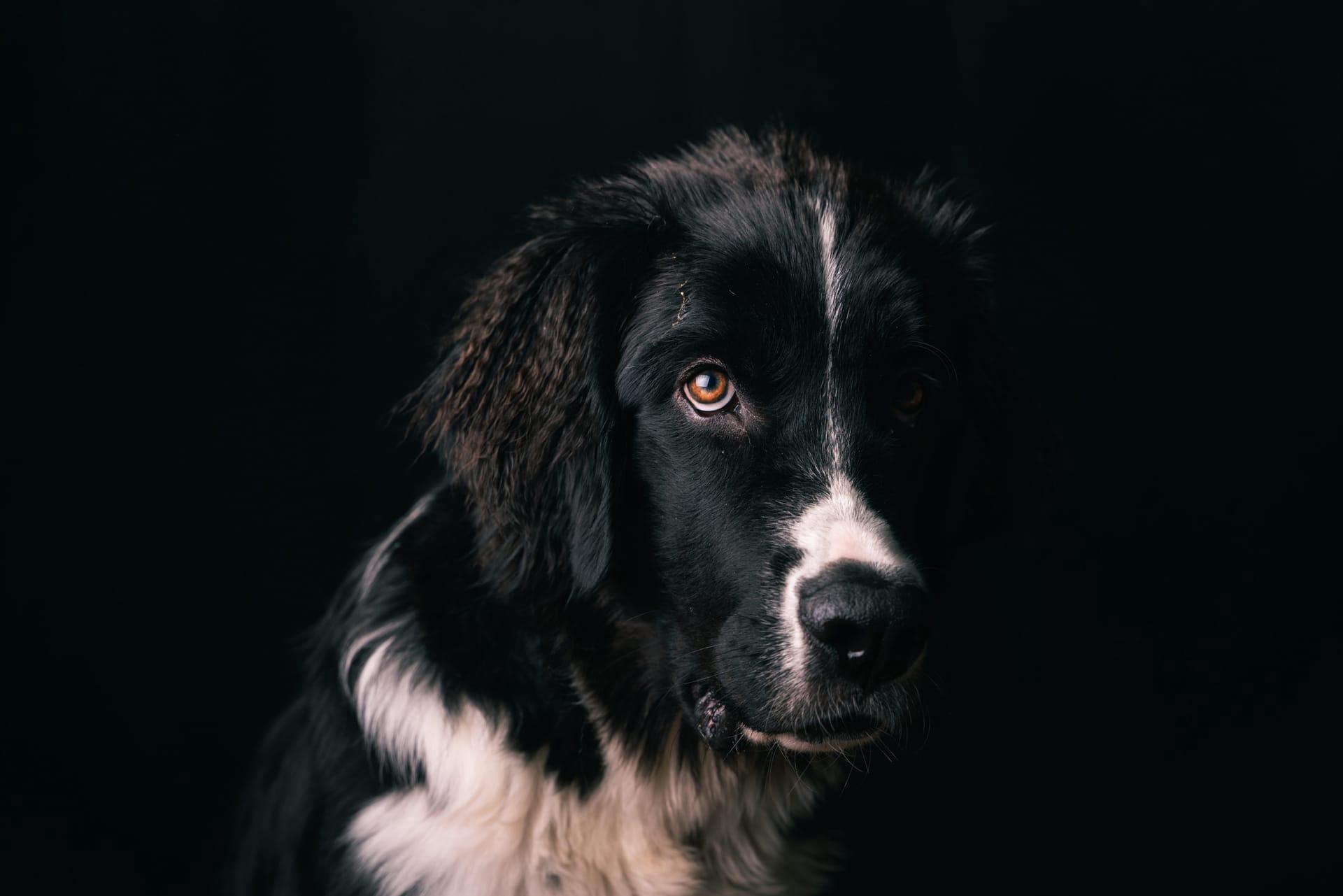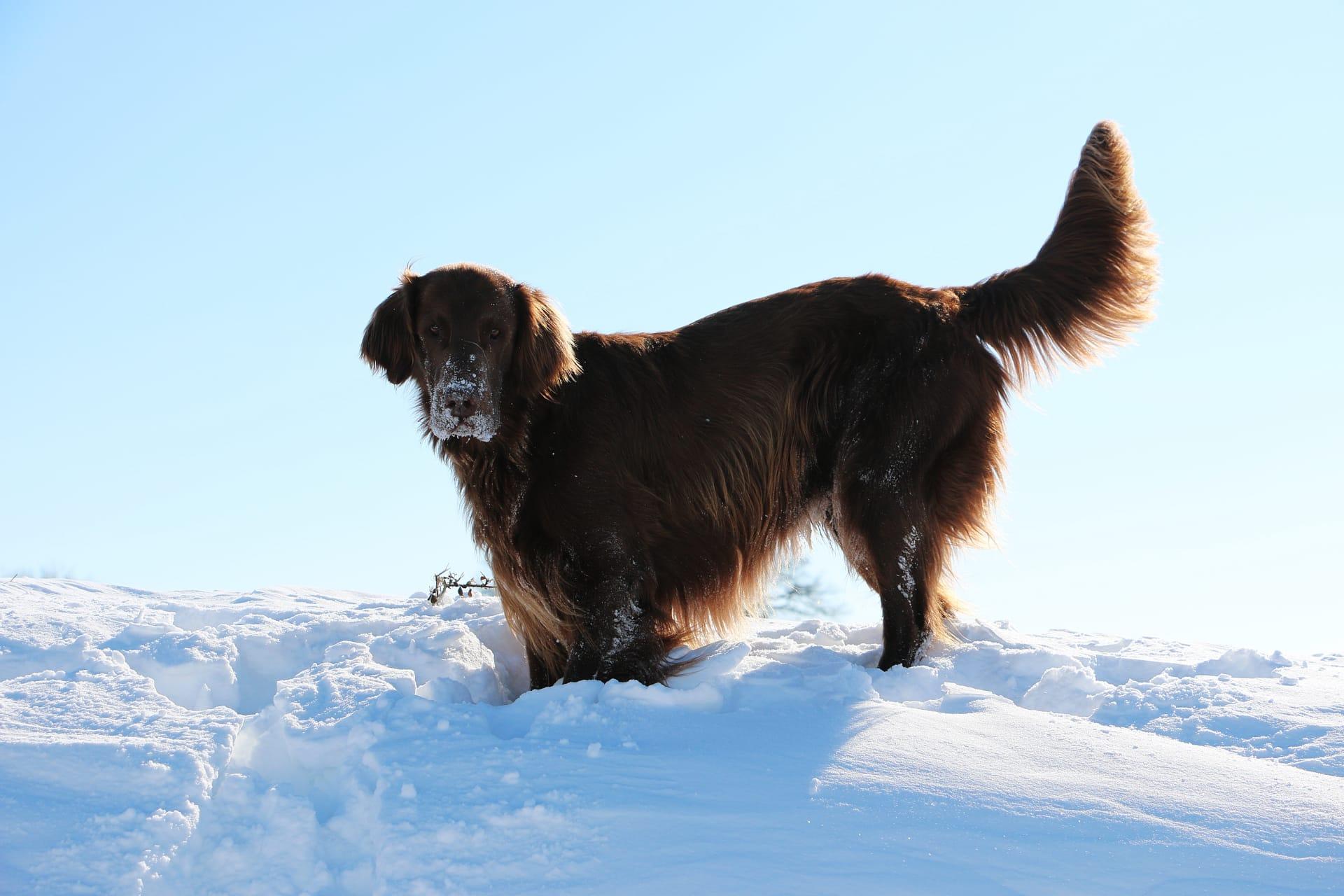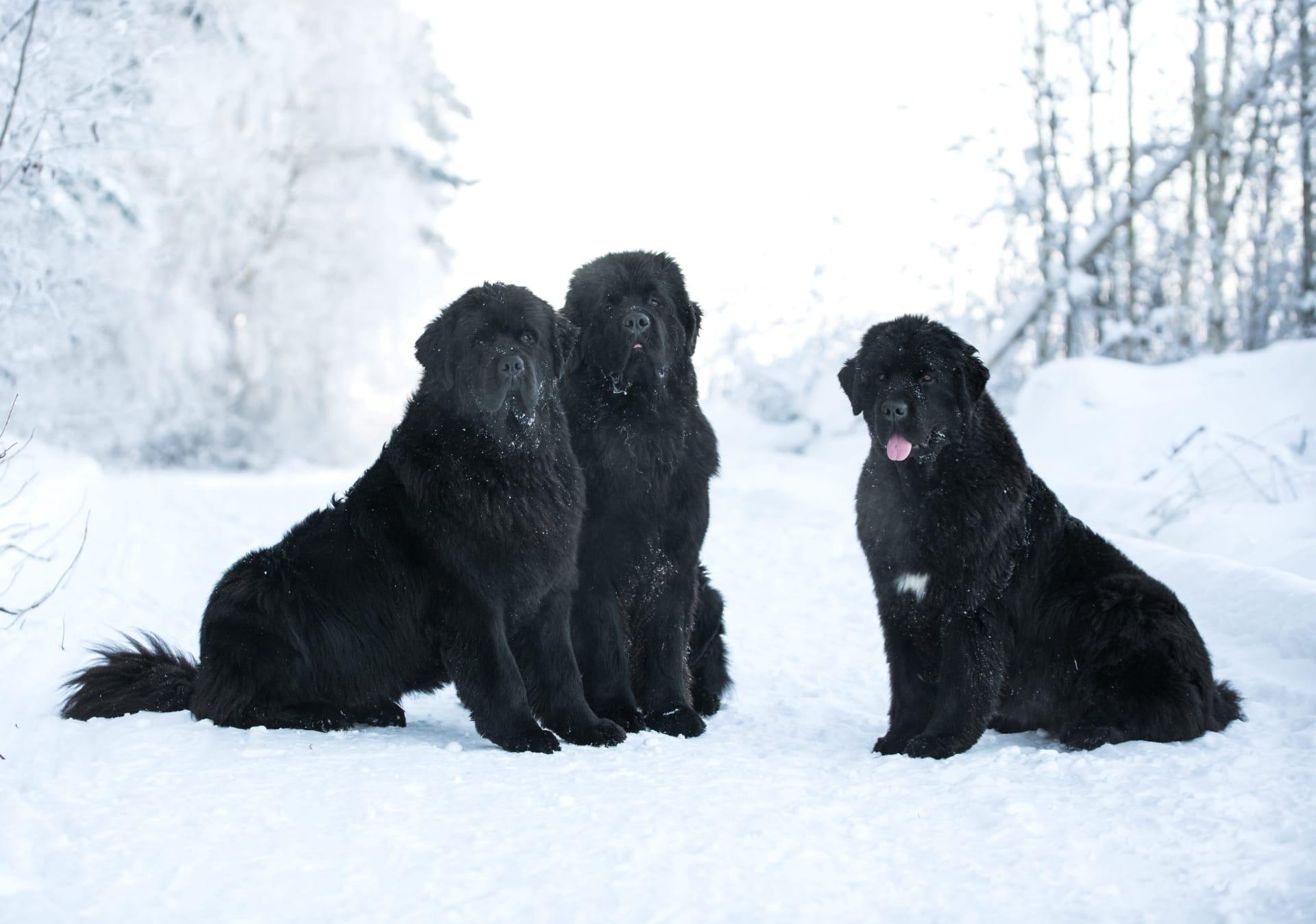1
Newfoundland dogs are renowned for their incredible strength and swimming ability, making them natural-born lifesavers. These gentle giants possess a muscular build, with adult males typically weighing between 130 to 150 pounds (59 to 68 kilograms) and standing around 28 inches (71 centimeters) tall at the shoulder. Their webbed feet and water-resistant coat allow them to excel in water rescue operations. The breed's prowess was notably demonstrated in 1919 when a Newfoundland named Tang saved 92 people from the sinking SS Ethie off the coast of Newfoundland by pulling a lifeline to shore in fierce weather.
Newfoundlands have a heart as big as their size, known for their sweet temperament and patience, making them excellent family pets. This breed has a unique social intelligence, often described as having a "nanny" instinct for children. Their calm and protective nature, combined with the ability to sense distress, allows them to excel in therapeutic roles, such as in hospitals and schools. This nurturing behavior is underpinned by their history as working dogs, where they were trusted to watch over and protect their family's property and children.

2
One fascinating aspect of Newfoundland dogs is their historical role as ship's dogs. Throughout the 18th and 19th centuries, these dogs were commonly employed aboard ships to pull in nets and retrieve anything that fell overboard, including people. Their extraordinary swimming skills and fearless nature made them indispensable to fishermen and sailors. The breed's contribution to maritime history is commemorated in several nautical museums, showcasing their involvement in numerous sea rescues.
The Newfoundland breed has a double coat that consists of a soft, dense undercoat and a longer, coarse outer coat. This double layer not only makes them adept at water activities but also provides insulation against cold waters and harsh climates. The undercoat is shed twice a year, requiring regular grooming to maintain their coat's health and manage shedding. Despite their size, Newfoundland dogs are known for their gentle grooming needs, often enjoying the process as part of their bonding with their owners.

3
Newfoundland dogs have an impressive lung capacity and a unique swimming style, which includes a modified, breaststroke-like paddle rather than the typical dog paddle. This allows them to move through water with remarkable efficiency and speed, conserving energy during long-distance swims or rescue missions. Their ability to stay afloat and maneuver in rough waters is attributed to this distinctive swimming technique, coupled with their large, webbed feet.
Another interesting fact about Newfoundland dogs is their role in the development of other dog breeds. Their genetic lineage has contributed to the creation of several popular breeds, including the Labrador Retriever. In the early 19th century, Newfoundland dogs were crossbred with smaller water dogs to produce the St. John’s Water Dog, the ancestor of the modern Labrador. This breeding history highlights the Newfoundland's influence on the characteristics of many contemporary working and companion dogs, especially those excelling in water-based activities.

4
The intelligence and trainability of Newfoundland dogs have been celebrated in literature and history. Perhaps the most famous Newfoundland is "Nana" from J.M. Barrie's "Peter Pan," where she is depicted as the Darling family's loyal and protective nursemaid. This portrayal reflects the breed's natural inclination towards caregiving and their ability to be trained for complex tasks, mirroring their historical roles as working dogs capable of independent decision-making in rescue operations.
Despite their large size and formidable strength, Newfoundland dogs have a surprisingly modest appetite for their size. They are known for their efficient metabolism, which allows them to maintain their bulk without the need for excessive feeding. A balanced diet tailored to their specific needs, focusing on high-quality proteins and fats with controlled portion sizes, is essential for their health. This efficiency in metabolism is advantageous for owners, making the breed more economical to feed than one might expect for such a large dog.

5
Newfoundland dogs have a significant impact on cultural traditions and ceremonies, especially in their native region of Newfoundland and Labrador. They are celebrated in festivals and parades, where their historical contributions to the community and their role in sea rescues are honored. These events often feature Newfoundland dogs in demonstrations of water rescue techniques, showcasing their skills to the public and educating people about the breed's capabilities and history.
The breed's natural protective instincts extend beyond humans to other animals as well. There are numerous accounts of Newfoundland dogs acting as guardians for vulnerable animals, including livestock and household pets. Their gentle disposition combined with their innate sense of duty makes them excellent companions not only to their human families but also to other animals in their home. This behavior exemplifies the breed's versatility and adaptability, highlighting their capacity for empathy and understanding across species boundaries.